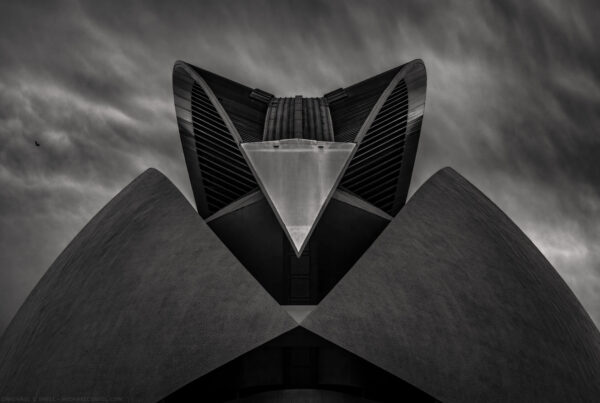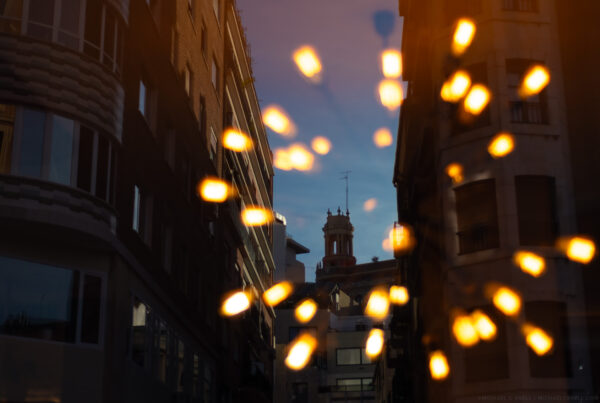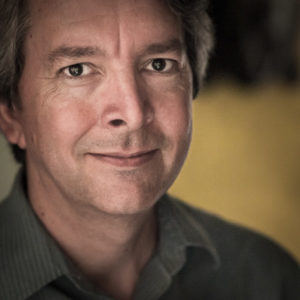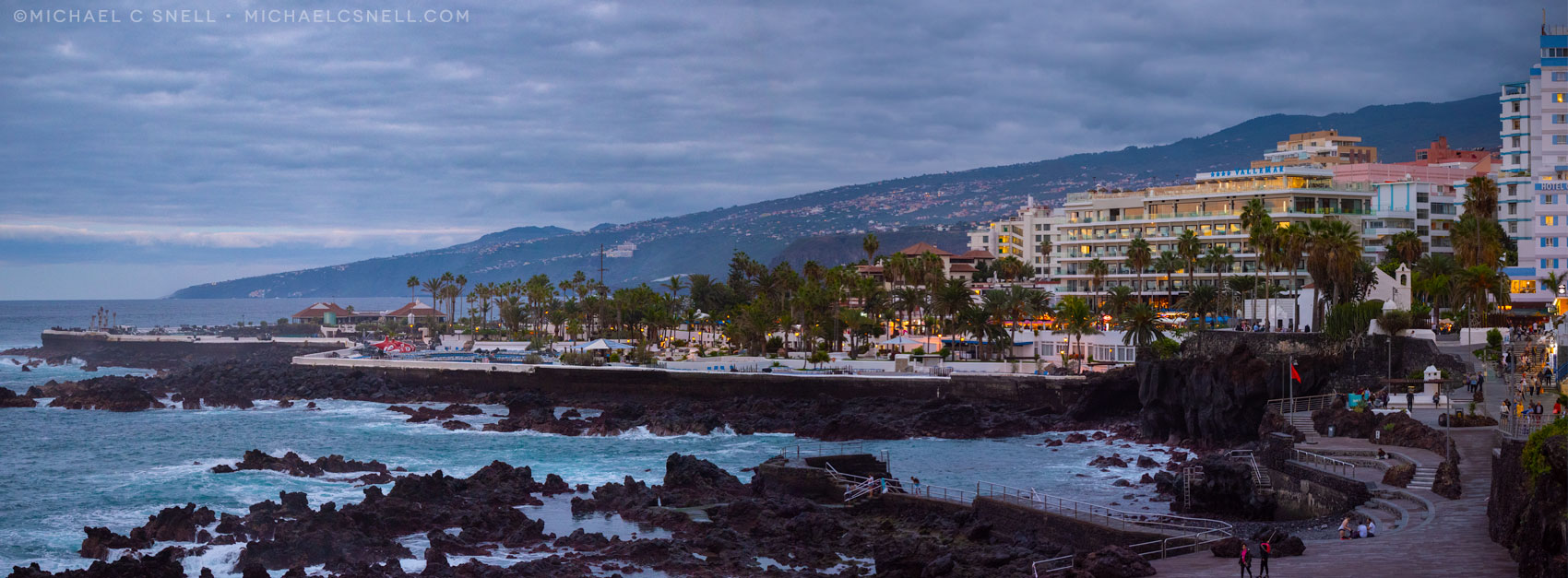
Above: Puerto de la Cruz, Tenerife.
A brief introduction to Tenerife, in the Canary Islands.
Though a part of Spain, the Canary Islands lie more than 800 miles southwest of mainland Spain. The islands are located in the Atlantic Ocean, just off the coast of Morocco, and are a part of the African plate. Last November I had the chance to visit the largest of these islands, Tenerife. While it is a very popular tourist destination for Europeans (around 5 million tourists visit each year), on this trip I would not be visiting the main resort areas. Instead, I would be based out of San Cristóbal de La Laguna — an inland city in the northern part of the island — and from there I would spoke out to other areas including Mount Teide, Spain’s highest peak. While it is my understanding that the majority of the resorts are located along the south coast, I would be staying mostly along the north and in the interior of the island.
I arrived at the island’s northern airport (it has two) and got settled in to my hotel in La Laguna. For the rest of the day, I explored the town, stretched my legs, and got my bearings.
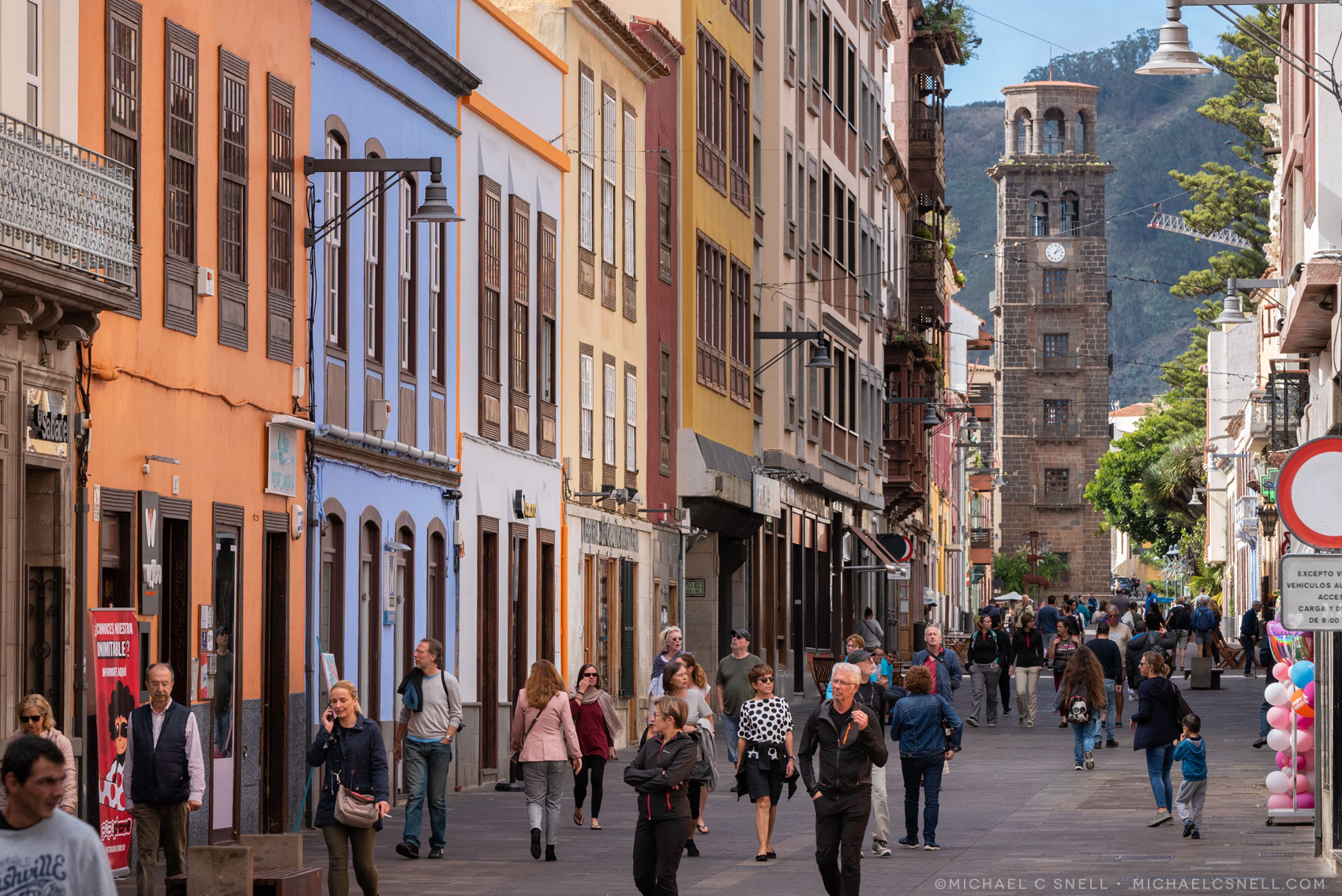
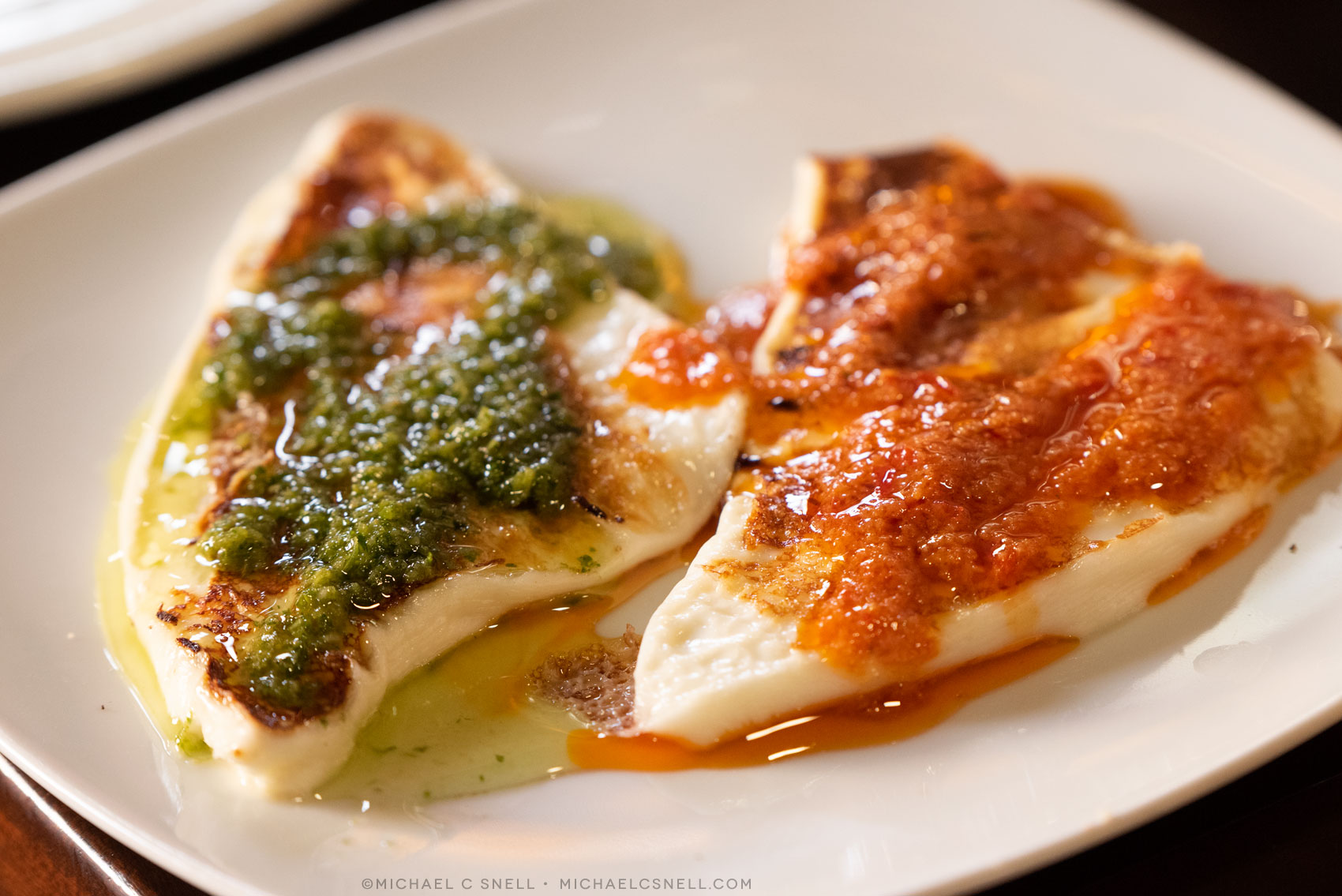
Red or Green:
I also had my first red-or-green experience in La Laguna. The Canary Islands are known for mojo (pronounced “mo-ho”) — a sauce made from ground peppers and spices. There are two kinds of mojo: red and green. There are many variations of each but, at the most basic level, red is made from red peppers and has paprika in it, while the green is made from green peppers and cilantro. Both are excellent, in my opinion, and I especially like the mojo on the fried cheese shown above. Truly a memorable meal.
The green northern end of the island —


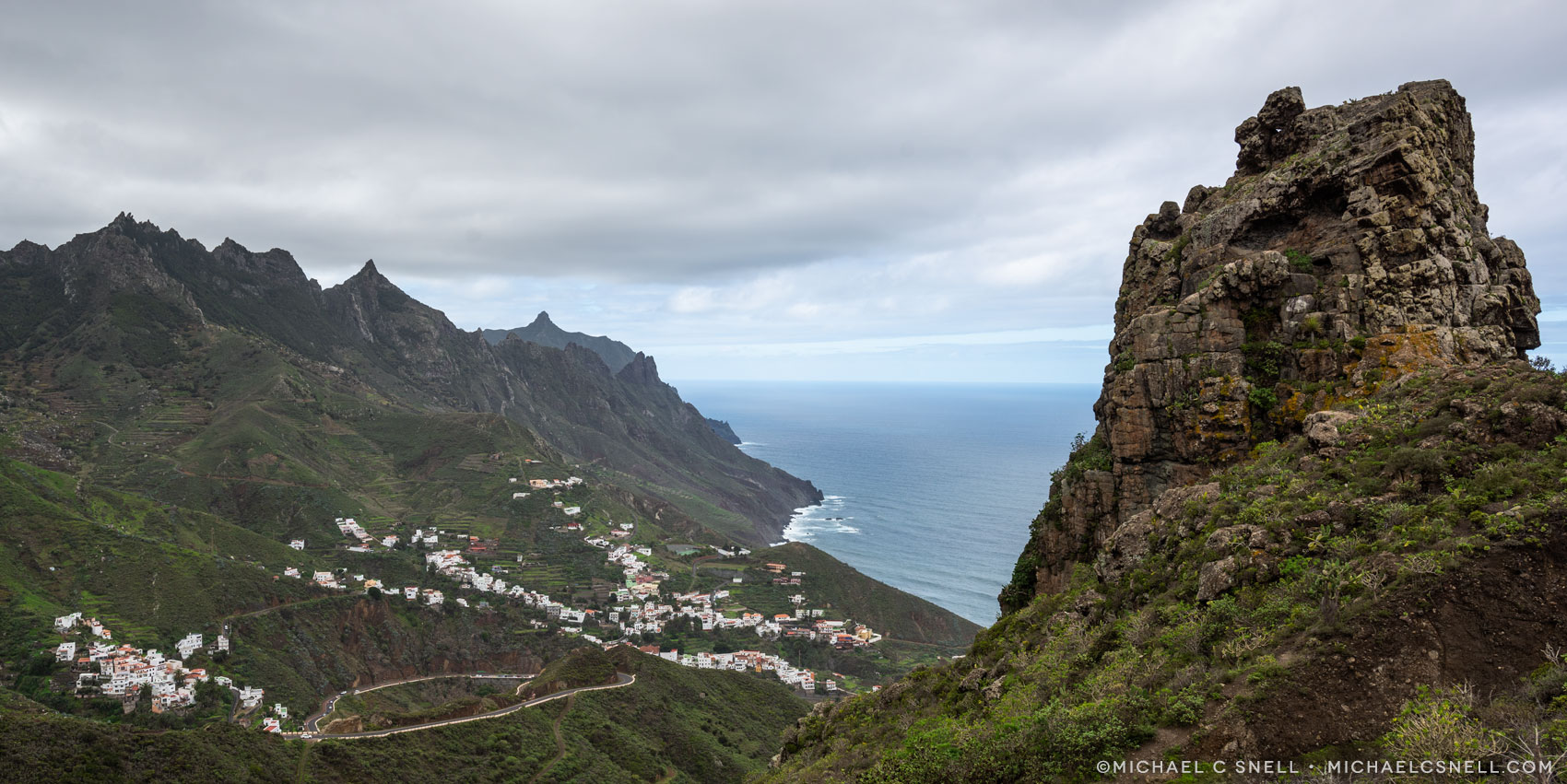
On day two, we set out for the north and the Anaga mountains. This area of the island is wetter and the mountains are extremely sharp and rugged. It’s beautiful, and it is a marvel that some of the land has been able to be terraced for farming. Small villages scatter down the hillsides and the Atlantic manages to peek through beyond the deep valleys. On a walk through one area with cliff-side houses, we ran across Valentin Ramos Ramos, who treated us with a song he played on his timple (above).
We made it to the coast for lunch and stopped in at Casa Africa. It’s a colorful little spot that sits right across the road from a rocky beach surrounded by jagged mountains. After one of the most colorful salads I’ve ever seen, and some excellent fish, the owner shared some of her hand-labeled berry wine with us.
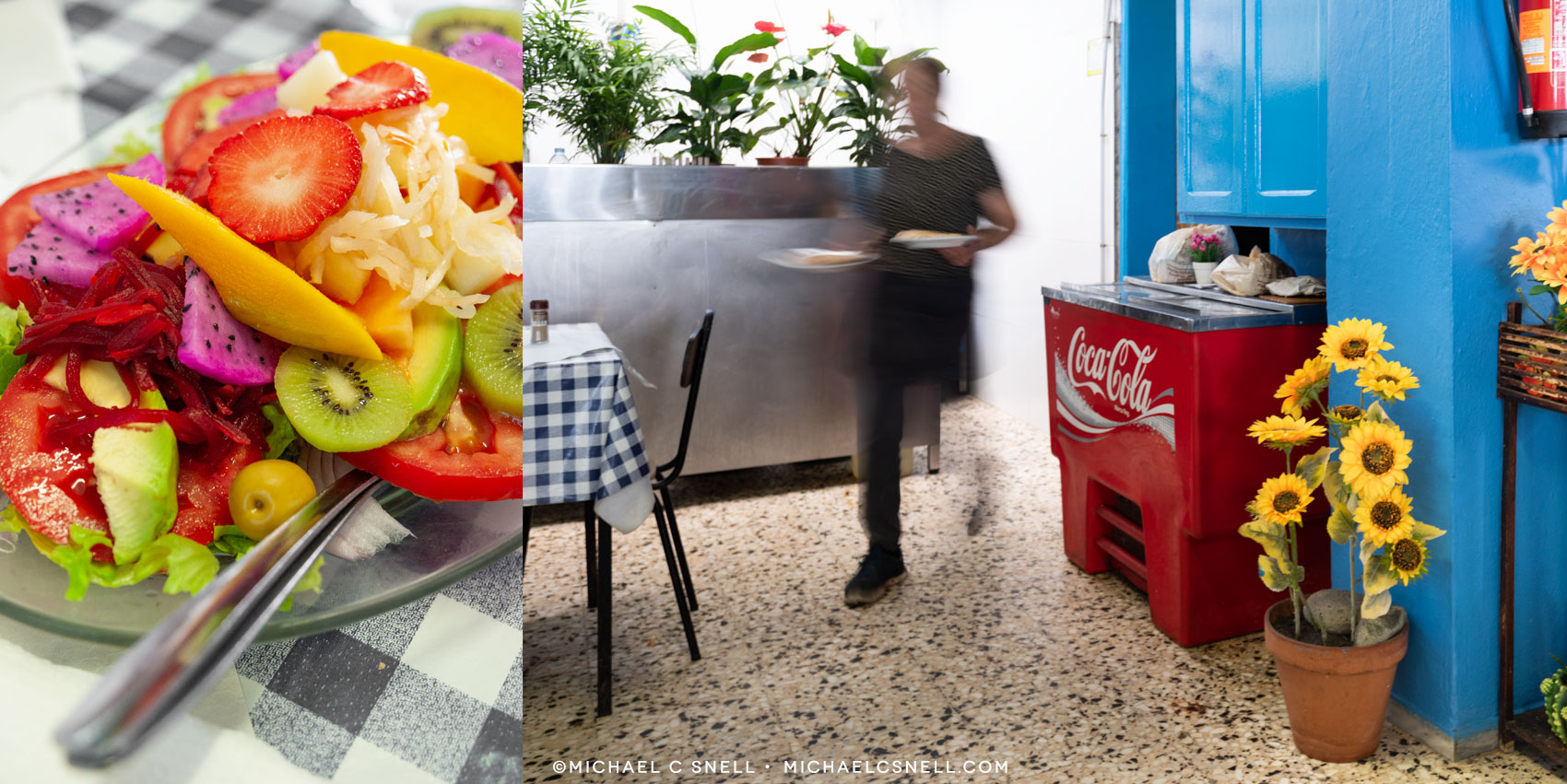

Another stop, in the capital of the island — Santa Cruz de Tenerife — included a visit to the Carnival museum. Santa Cruz’s Carnival is said to be the second most popular in the world, following the one in Rio de Janeiro. The Casa del Carnaval (Home of the Carnival) houses exhibits of the history of the festival including posters and the incredible costumes. Videos play at various points throughout the museum to help give you a better idea of the scale of the event, just in case you don’t happen to be in town in the days surrounding Ash Wednesday.
Also worth seeing is the Calatrava-designed auditorium. The gleaming white structure sits on the coastline like a giant seashell and has become a symbol of the city since its completion in 2003.
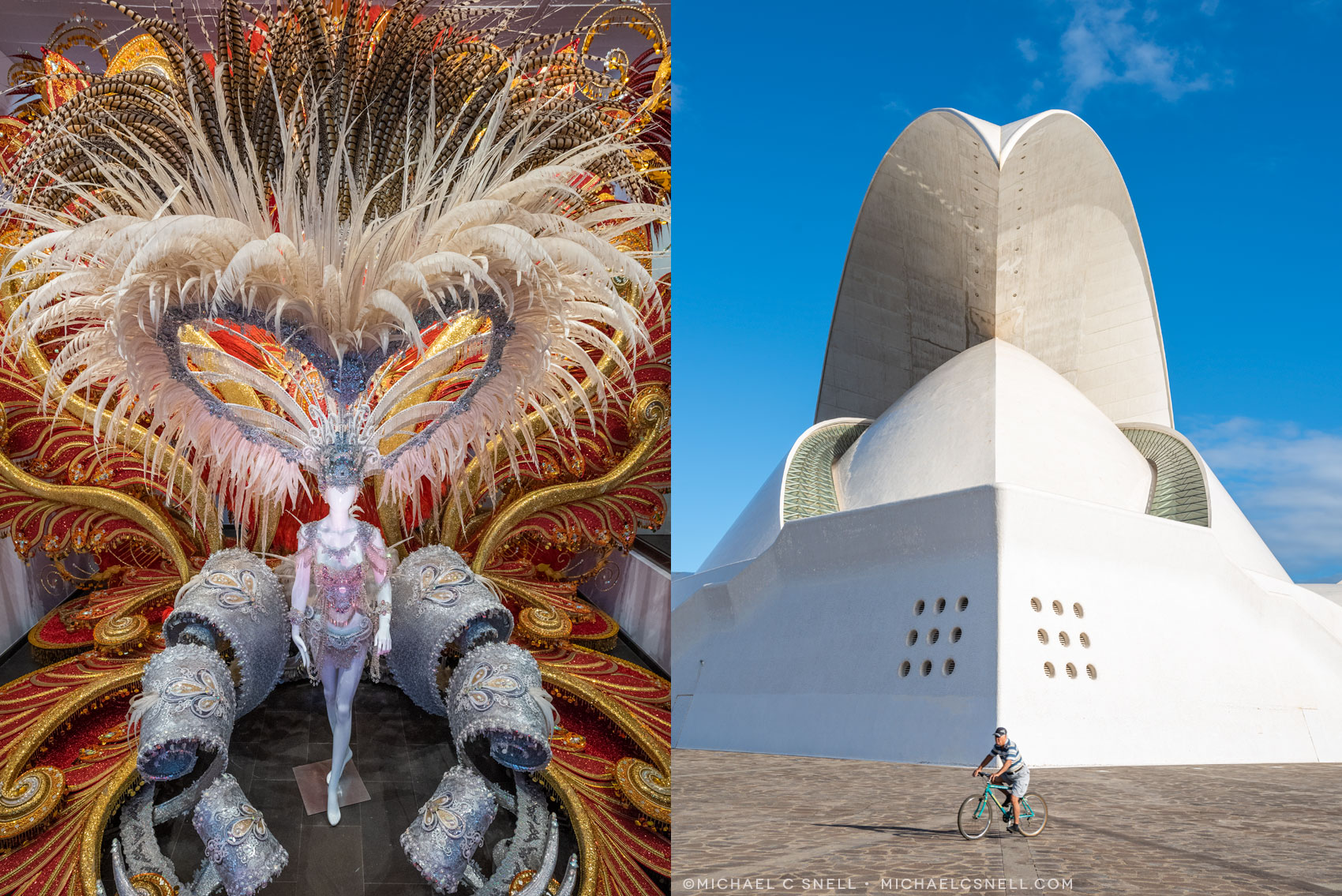
The red desert caldera —
Like the mojo, the landscape of Tenerife also has a red region to balance the north’s green. Departing La Laguna, the road toward Teide passes through a pine forest that seems forever shrouded in mist. When the view opens up again, you can see that you have actually been passing through a layer of low clouds and you are now high above. The landscape begins to feel like another world, filled with open desert and unusual rock formations.
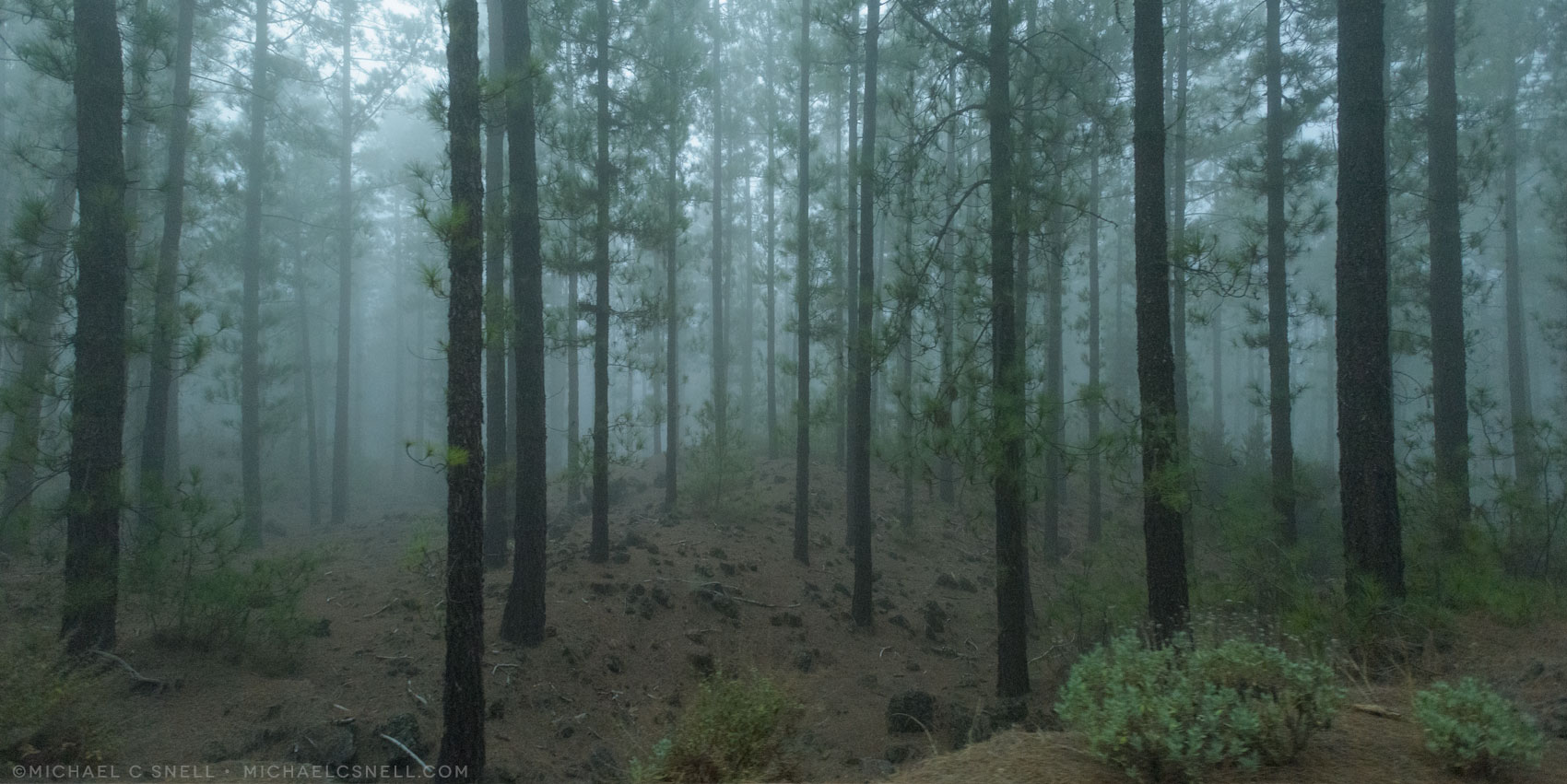
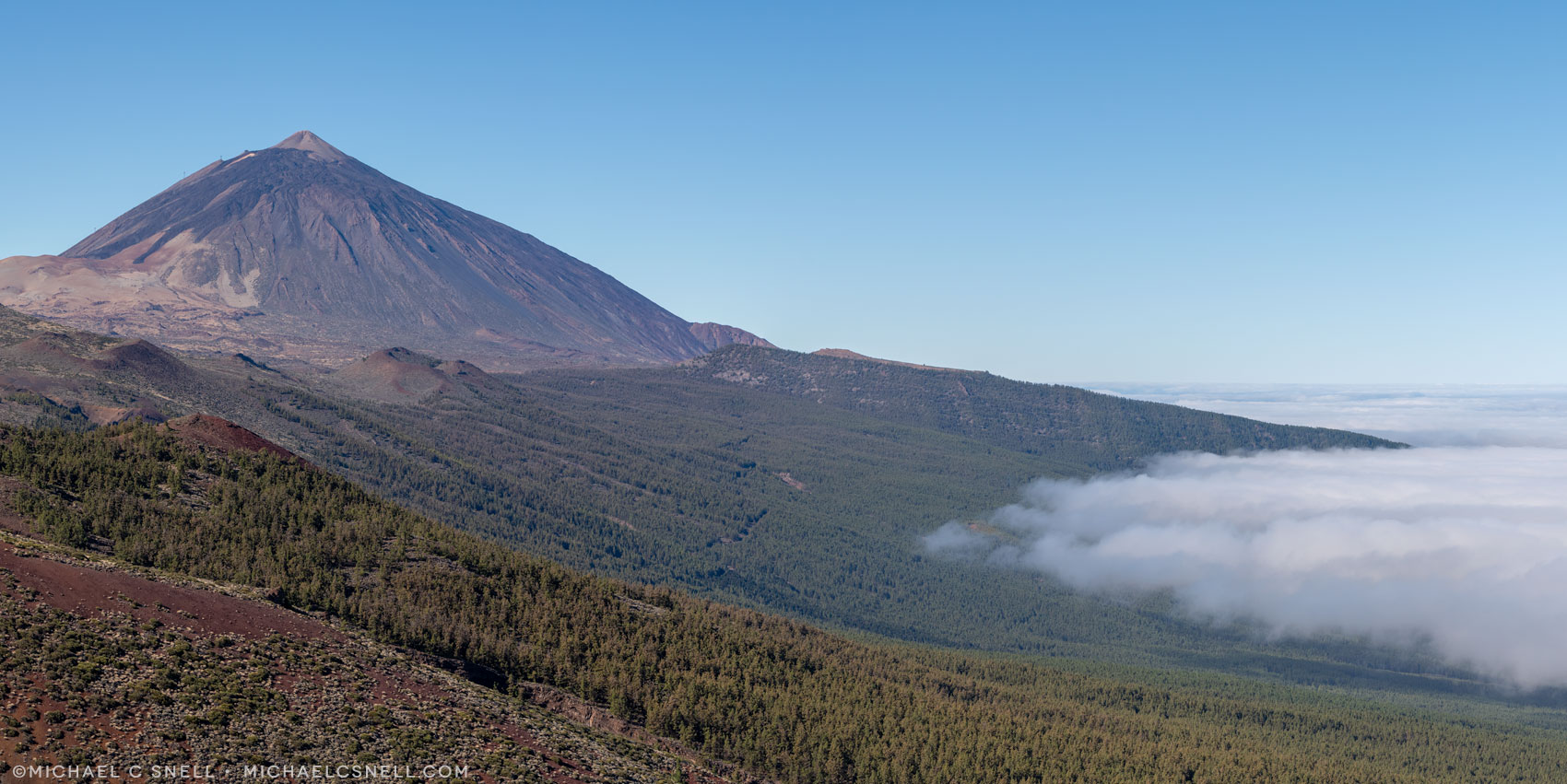

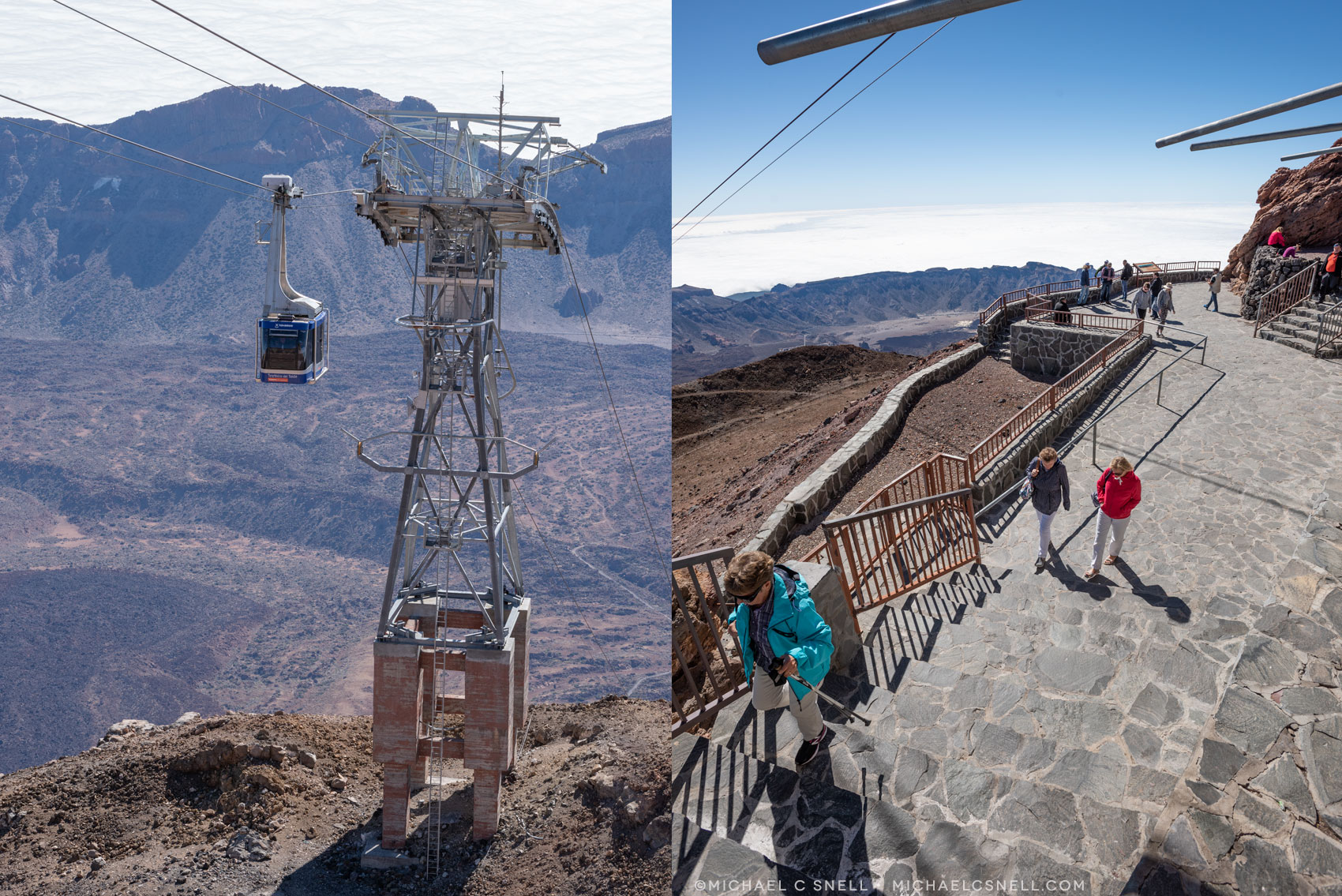
Above: Taking the cable car up Mount Teide (seen in the distance below).
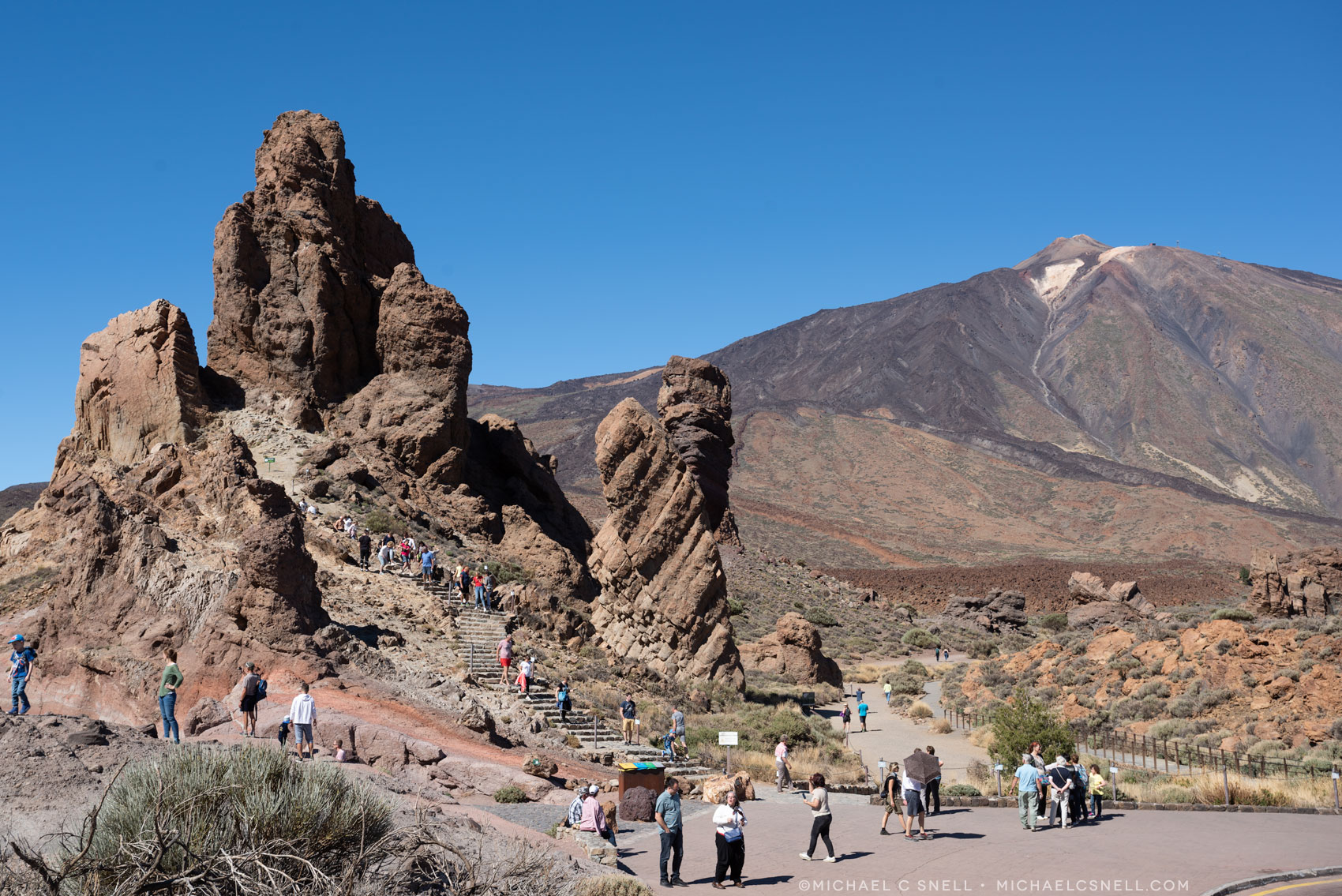
The rock formations and trails above, are located near the island's Parador (below).
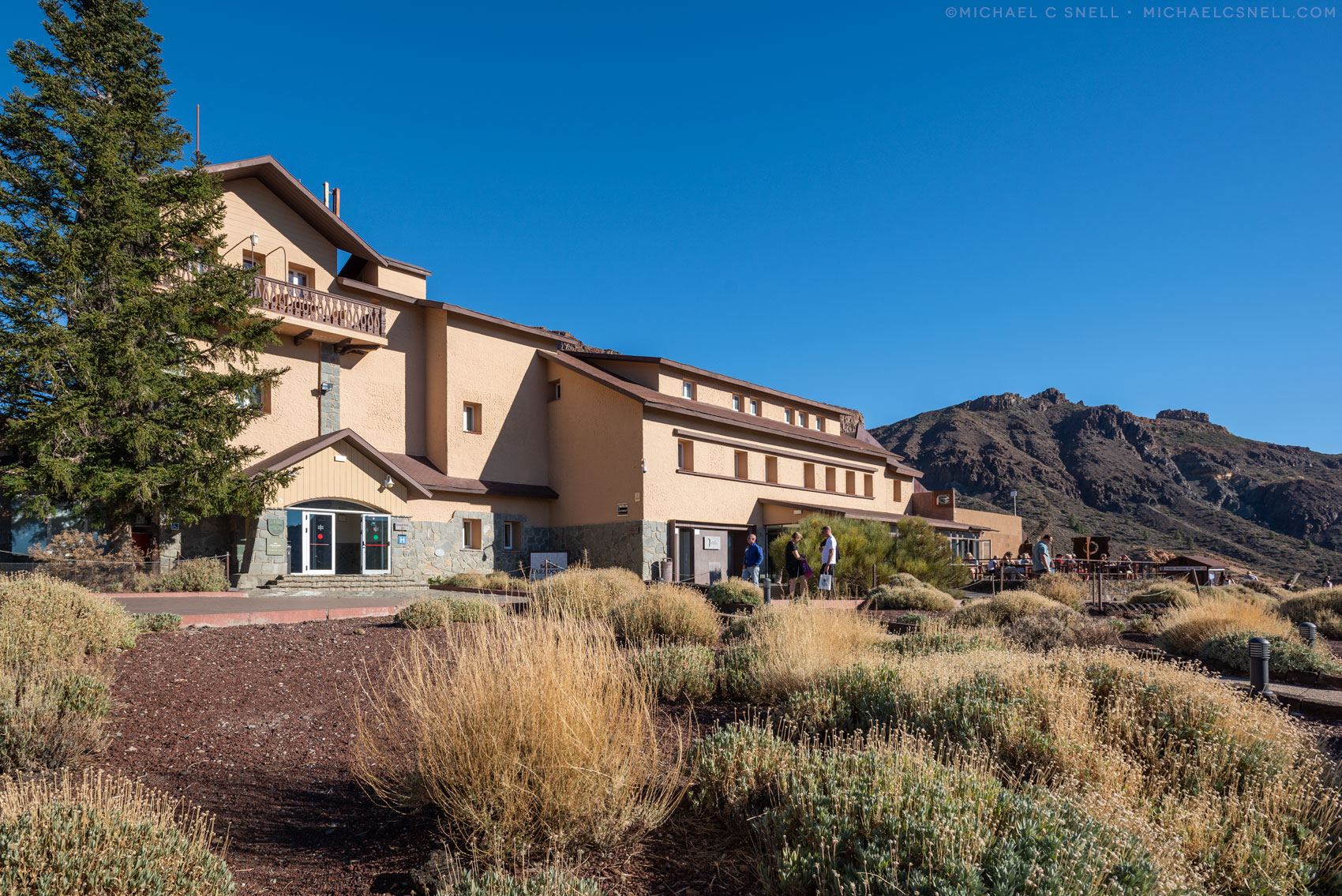
This is the region I wrote about in an earlier post where I was looking for an ideal place to photograph the night sky. The Parador de Cañadas del Teide (above) is an excellent spot to stay the night if you’re more interested in the stars than in the kind of nightlife you’ll find in the resorts of the island’s south coast.
Heading toward the northern coast on the western end of Tenerife, you again enter the land of eternal spring — temps are always in the 65-75F degree range along the coastlines of Tenerife. It can get chillier at higher altitudes around Teide.
We visited several towns to the north and west of Mount Teide, and saw the world’s largest and oldest Dragon Tree in the town of Icod de los Vinos. This part of Tenerife is completely lush and different from the rocky desert that lies just on the plateau above. Gone are the jagged, red, volcanic rocks and back are the palm trees and black sand beaches.

The largest and oldest Dragon Tree and a Bird of Paradise that was growing in a garden just below it.

Above: Puerto de la Cruz, Tenerife.
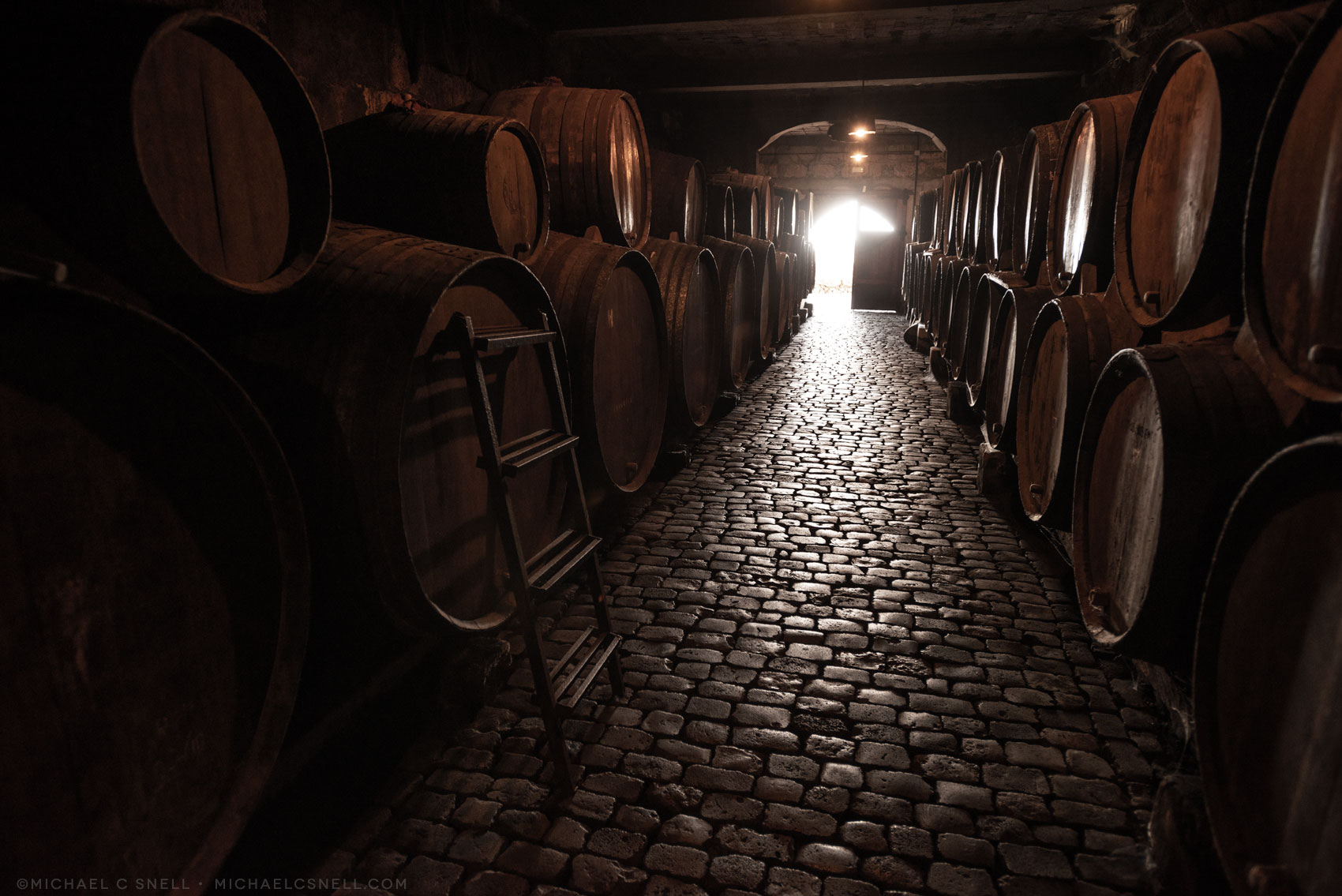
Above: Bodegas Monje, a winery and restaurant in El Sauzal, Tenerife.

Above and below: The village of Masca on the island of Tenerife.
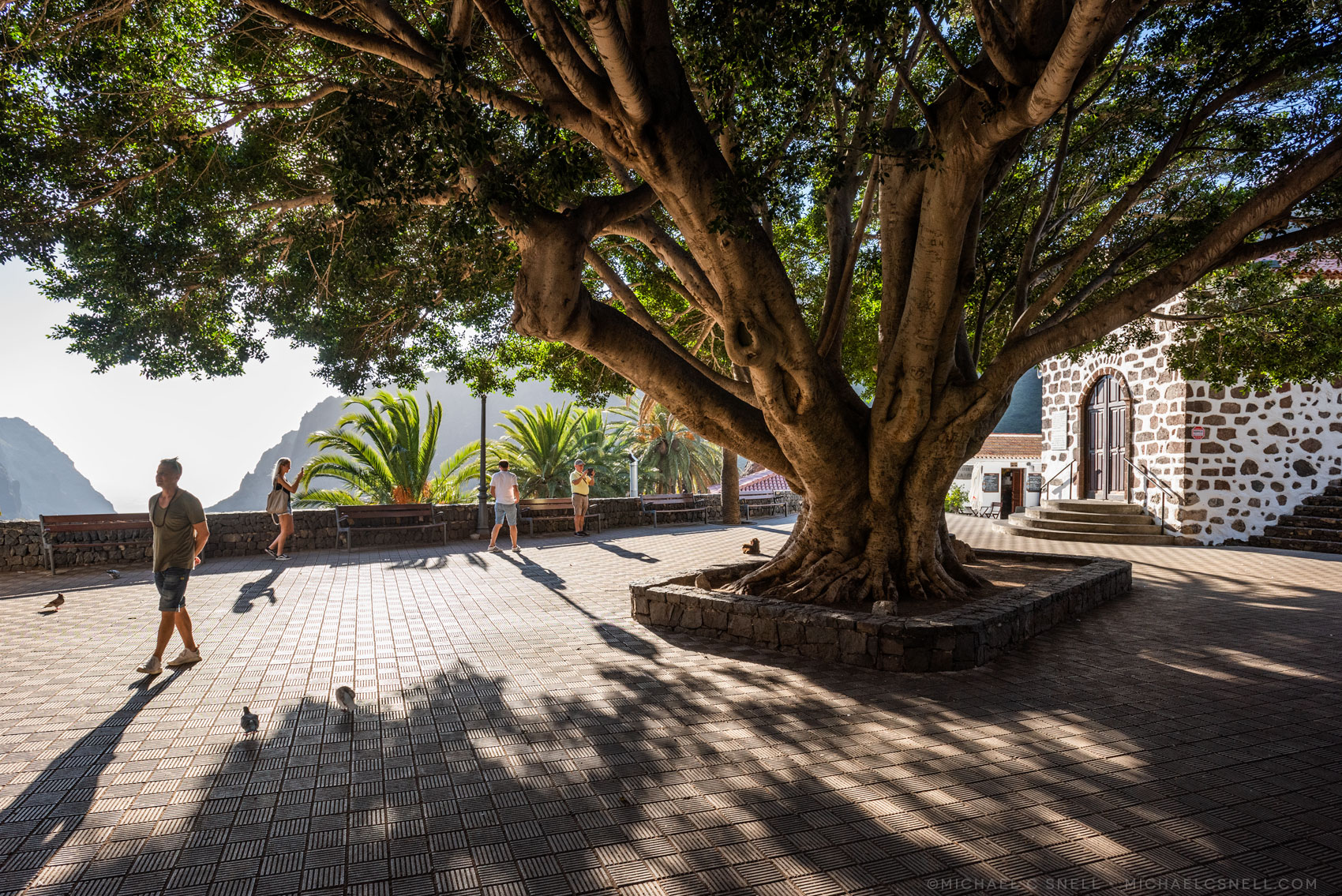
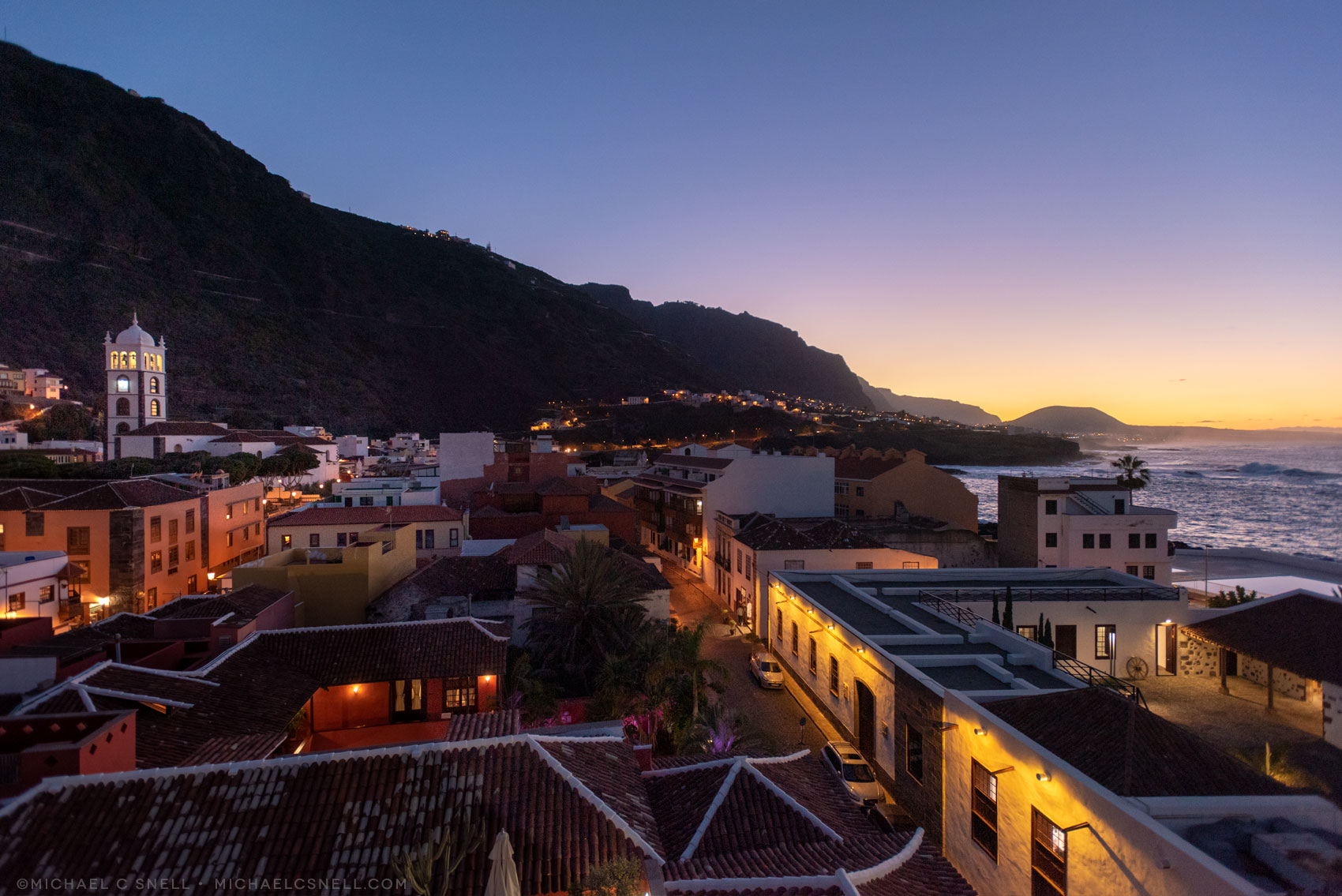
Above: The view of Garachico from the rooftop of Hotel San Roque.
I have to say, that the visit to the Hotel San Roque in Garachico (the image above was shot from their rooftop deck) was another highlight of my Tenerife trip. We had dinner with the owner, who also gave us a tour. It’s a beautifully restored building that I would love to stay in on some future visit to this island.
I’m sure more Tenerife images will continue to appear on this blog in the future, but that’s a quick overview for now. I was completely surprised by the diversity of landscapes on such a small island, and would particularly like to further explore the northern tip of the island more. I wouldn’t even mind checking out the resort areas in the south, if only to experience yet another very different world on this island.
